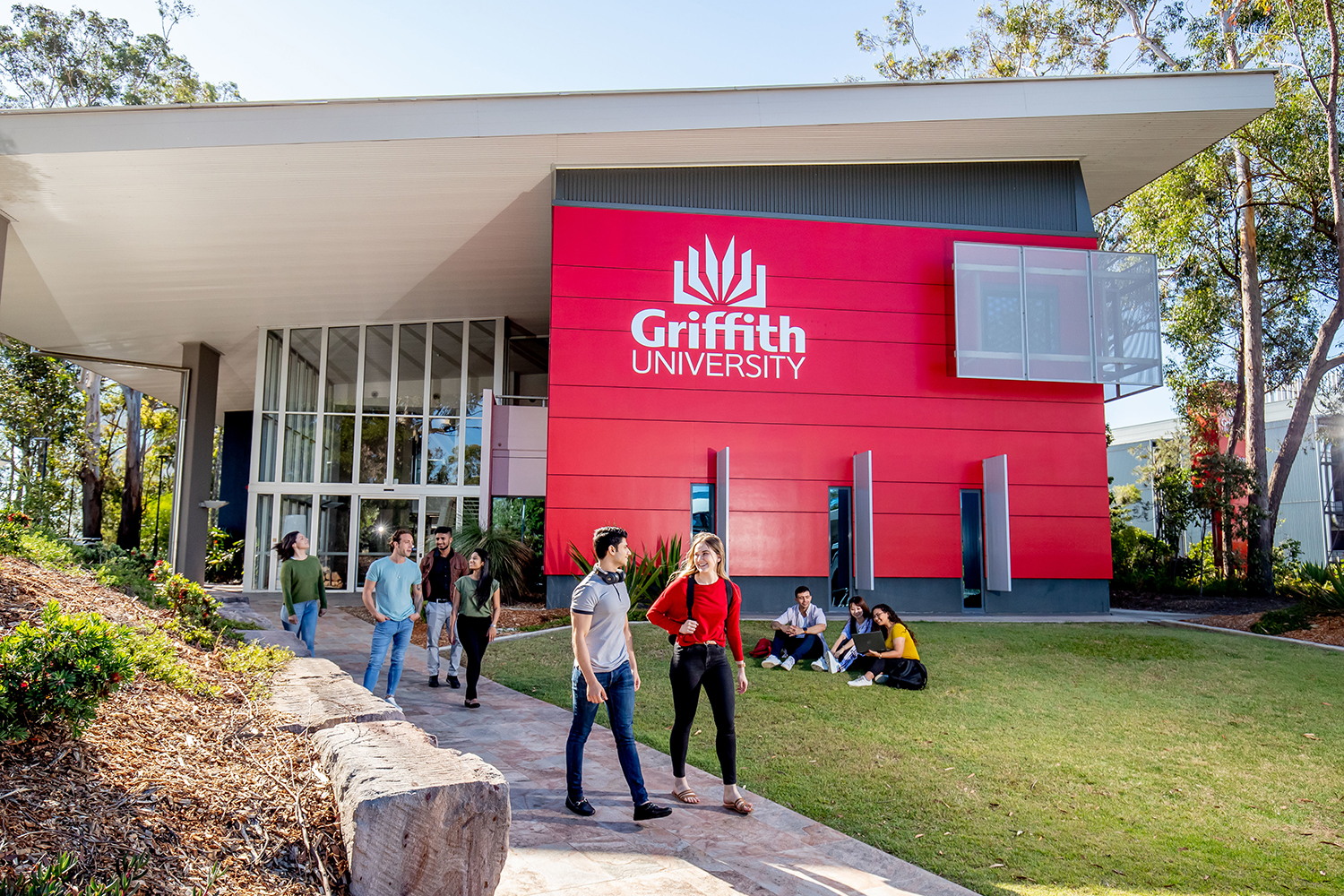The University of Tasmania today decided to develop a city-centric campus in the heart of Hobart over the next 10 to 15 years.
Next steps will be careful and considered as the University sets about designing a campus that meets the needs of staff and students, improves access to education, provides clear benefits to the community, and supports the social, cultural and economic development of Tasmania.
The decision was made by the University Council, meeting in Burnie today (Friday 5 April 2019), following a period of conversation and consultation with staff and students, and feedback from key stakeholders.
Key features of today’s decision include:
- The development of an inner-city campus that runs from the original home of the University at the Domain, along Melville Street. The campus will be anchored with a central library and public square – the heart of the University – on the former Webster building and carpark. Overall, the campus project is expected to cost about $600 million.
- The University will act as the steward for the existing Sandy Bay campus land into the future, knowing that it has an important part to play in the life and future of our city. The entity will be responsible for managing the existing campus land in line with institutional values and mindful of the amenity of Sandy Bay and Taroona.
- To ensure it makes a fair contribution to the evolution of Hobart’s infrastructure and services as it moves into the city, the University has also proposed it make a compact with the City of Hobart which would deliver the equivalent (or more) of the general rate on its inner-city buildings for the next decade.
University Chancellor Michael Field said: “We have today decided on a long-term strategic direction which will build on and consolidate a general shift of the gravity of our campus to the city.
“This will be a long, thorough and deliberative process. We will consult carefully along the way to produce a campus which is a source of great pride for both our University community and the people of greater Hobart.”
In reaching today’s decision, the University weighed up two broad directions: the city-centric approach and a distributed model, under which ageing Sandy Bay operations would be redesigned and rebuilt in a smaller footprint on the lower part of the existing campus.
Staff and students were consulted about the two options and they have been discussed with government and civic leaders.
Vice-Chancellor Professor Rufus Black thanked those who had engaged with the process.
“Many people have deep connections to Sandy Bay, its history as a place of learning, and its connection to green spaces, the river and mountain,” Professor Black said. “Others see great promise in an inner-city campus in how it will provide better access, be more inclusive and more sustainable for the future.
“We need to capture the themes that everyone has identified as important and ensure they guide us as we develop the new campus over the next decade or more.”
Professor Black said the University would now undertake a process of consultation which would inform detailed master-planning and building design.
“Our first step on this journey will be to pause, to listen to our Aboriginal community and ensure our new campus honours the values and history of our first people,” Professor Black said.
“We know how passionate people are about the City. We see a future campus in which there is a mix of built and green spaces, and of beautiful buildings that are highly permeable and inviting for both our staff, students and broader community.”
Professor Black said during staff and community feedback there were clear concerns to address in the design of the new campus, including traffic management and parking, and access to family services such as child care.
He said these issues would be identified and incorporated in planning over the life of the campus development.








